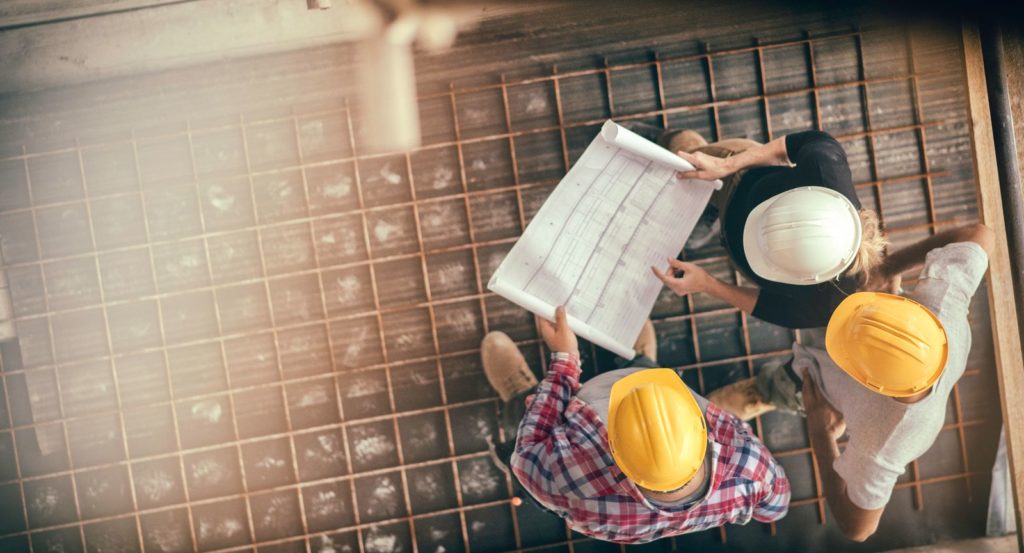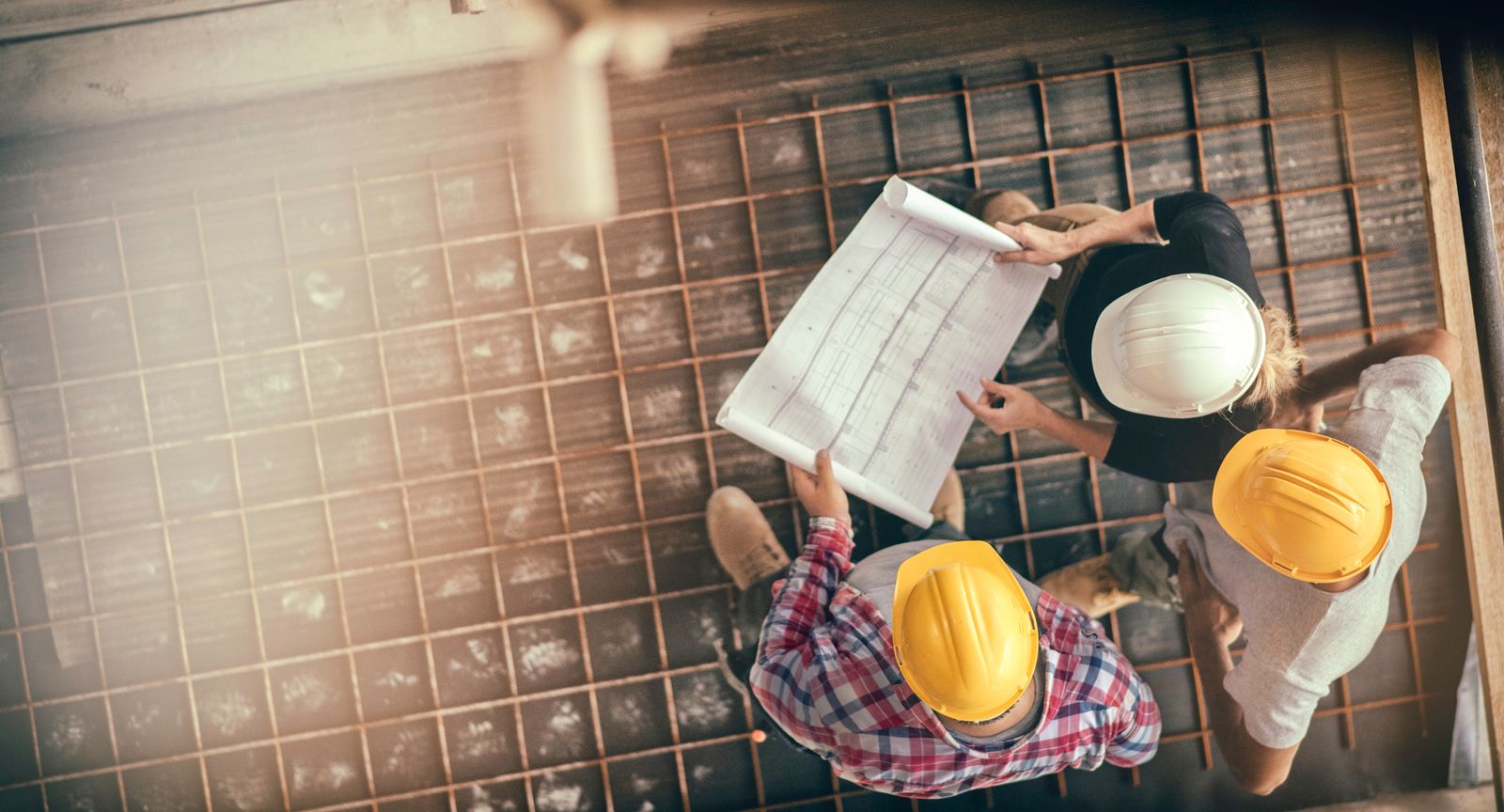
Extreme weather is taking a toll on communities across the country in the form of fire, wind, flooding and power outages. And it’s getting more expensive to weather the storm, with property damage and economic losses climbing into the billions following major storms like Sandy and Ian. While frequent and intense natural disasters are becoming a fact of life all over the US, the way that a city responds to them is entirely in its control.
Though it can be tempting to focus on the here and now, responding only to necessary maintenance and repairs, investment in a resilient future can bring tremendous value to a city. The best city resiliency plans blend short- and long-term solutions to increase readiness immediately while laying the foundation for innovation and financial stability. With the right leadership, any community can build a plan that bridges emergency preparedness and resilience with energy savings that bring a net-positive impact to the city budget.
What does the city of the future need to weather the storm?
Big picture, effective extreme weather resiliency plans should work to ensure a city’s residents remain safe and healthy for many generations to come. Achieving this ambitious goal requires aggressive action to electrify city infrastructure, a disaster preparedness strategy, and investment in self-sustaining clean technologies like solar energy and municipal scale microgrids. To take the first step, community leaders should take a comprehensive inventory of how their power, water and emergency services […]
Click here to view original web page at www.smartcitiesdive.com
image : iStock/vm
